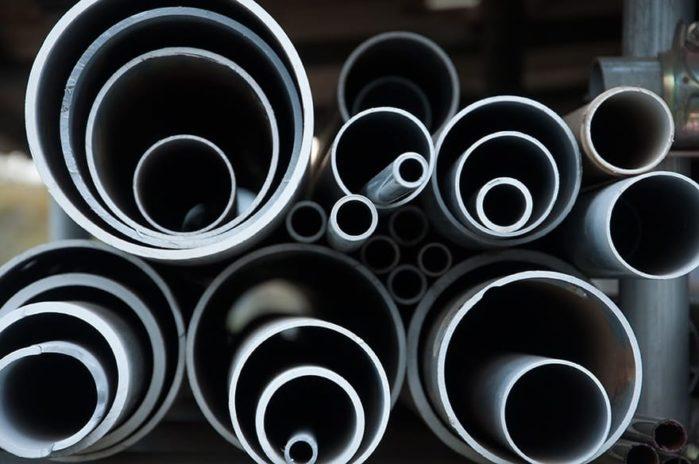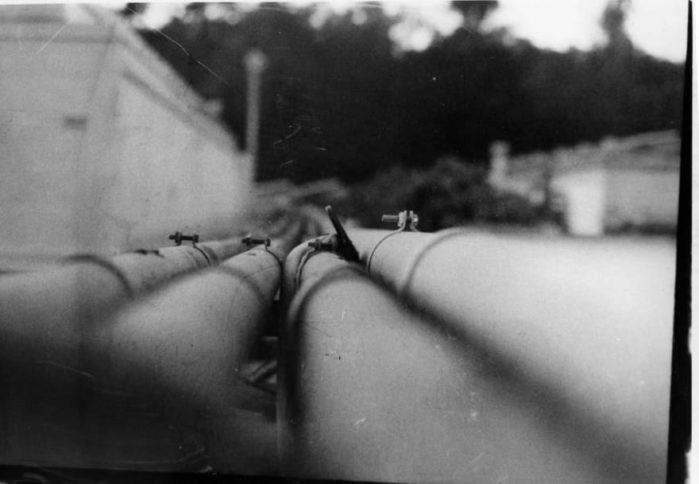
Tips for Choosing CPVC Pipe


Description: When it comes to purchasing a piece of CPVC pipe to lay down, there are many good reasons for doing so. This article looks at eight tips for choosing CPVC piping and provides relevant information.
If you look at recent industry trends, you will have noticed that there are several different choices regarding competing plumbing materials in the pipe world. As a result of this, many plumbers have had to consider many different things when designing their systems. It has led to numerous new questions about getting the most value from systems. What should one look for, and what considerations does one need to bear?
Many plumbers have become familiar with chlorinated polyvinyl chloride pipes (CPVC) for its greater prominence in the marketplace. People have had to adapt with aged infrastructure and issues such as pinhole leaks, corrosion, and scaling. Many builders are seeking alternative materials to mitigate any problems that copper piping can create.
As a result, CPVC piping systems have become popular throughout the whole of the construction industry. The reasons for this are because they can provide an installer with large value throughout their entire project. There are many favorable characteristics, such as resistance to corrosion, scaling, chlorine-based chemical damage, and much more.
But what is the CPVC pipe meaning? The material is an advanced and engineered thermoplastic. It is produced by chlorination of resin made from polyvinyl chloride. The compounds are manufactured into pipes and various CPVC pipe fittings. So what is the CPVC pipe used for? Plumbers have been using them for over 50 years, and many other industries, such as aerospace, mining, and pharmaceutical sectors, have been using CPVC products and technologies. We think that you can get so much use out of these kinds of CPVC pipe sizes, so that is why we are going to take you through eight of the reasons for purchasing them today.
CPVC Pipe Selection
1. Physical Nature


Pipes (1)
The tensile strength of this kind of piping is over 60% greater. Moreover, it is almost double the flexural strength too. Because of the material’s strength, it can withstand a whole lot more pressure than other conventional piping. It guarantees the same flow rate with a lot of smaller tubing.
2. Efficiency and Ease of Installing
CPVC pipe and fittings can be joined very simply using a solvent cement welding process. It is much easier and cheaper compared to other systems such as PPR, which connect using a method of heat fusion welding. There are many different advantages to joining using solvent cement:
- Cheap and easy tools can be used
- If you’re wondering about how to cut CPVC pipe, it’s very simple
- It can be done quickly, saving money and time
- Fittings can be carried out securely as the solvent cement chemically fuses pieces
- No electricity needs to be used
3. Fewer Supports and Hangers Needed
The rigid nature of these pipes means that much fewer supports and hangers need to be used during the installation process. It allows it to be one of the best materials for risers and vertical planning. When you compare it with other systems, installation is cheaper and quicker since it does not require the use of expensive specialist equipment such as saw horses. Plus, you don’t need to hire any highly skilled labor. Unlike many pipes that need to be heat welded, this piping doesn’t need this. They’re not materials for DIY crafts, but they’re industry-recognized and very durable.
4. Resistance to Chlorine
Chlorine dioxide and chlorine out more often than not used to disinfect drinking water. Unfortunately, hypochlorite acid can form when it is mixed with water, and this can break down many pipes. CPVC products are subjected to heavy chlorination processes. It means that they are unaffected by any hypochlorite acid, which is present in the water supply. As a result of this, one can expect them to last a lot longer in plumbing systems when compared to other types of piping such as PPR, which does not mean how’s the same defense mechanisms. CPVC products are a lot less susceptible to attack.
5. Bacterial Growth
Even though the water we drink passes through copious disinfection processes, they can still be traces of bacteria present. Some of these bacteria can result in potential growths inside the water pipes. As CPVC is very smooth, this means that it discourages the growth of microbes. Numerous studies have shown that the antimicrobial performance of these types of pipes surpasses those of most conventional piping.
6. Resistance to Fire


So how long does CPVC pipe last around a fire? The material is substantial and requires 60% oxygen to be present in the atmosphere for it to combust. The Earth has an atmospheric oxygen concentration of around 21%, meaning that if one wanted to ban such a pipe, they would need to create conditions of 480°C in temperature. It is simply not possible, and one can expect high resistance to combustion when they are laying down these types of pipes.
7. Sustainable and Eco-friendly
Because piping like this is much lower in petrol content than other plastics, it takes a lot less energy to produce them. Moreover, when it is time to throw away, they can be ground up into pellets and recycled into new pipes. They can even be transformed into recycled items that we find every day, such as speed bumps, floor fillings, car mats, floor coatings, and much more.
8. Health Benefits
Many piping materials have been poor at resisting the oxidation of chlorine. Luckily, CPVC piping is not like this. As mentioned previously, reactions with chlorine are insignificant, meaning that one can enjoy a healthy supply of water. As far as home tips, it’s a much less risky material to use.
CPVC Pipe – Number One Choice
That’s about it from us, but we hope to convince you that this is the superior choice in terms of piping. With reliability, durability, and safety on the cards, it’s a great one to go for, plus it’s simple to repair. Many people are using it all around the world, and so can you.
Have you ever install pipes? Tell us about your experiences in the comments section below.
Author’s Bio:LaBonte is a contributor for homemakerguide.com and has written a whole variety of articles and pieces about high maintenance. Before he became a copywriter, LaBonte worked at Crufts. His distinct love for animals has led him to become a volunteer at his local animal shelter in High Wycombe.
